Mastering Stalls: How to Recognize, Prevent, and Recover Safely
Flight Training Central
MARCH 3, 2025
Recovery is made by lowering the nose, simultaneously applying full power while maintaining directional control with coordinated use of aileron and rudder. Reduce the angle of attack, add full power, and maintain directional control using coordinated rudder and aileron pressures. The recovery procedure is the same as for all stalls.


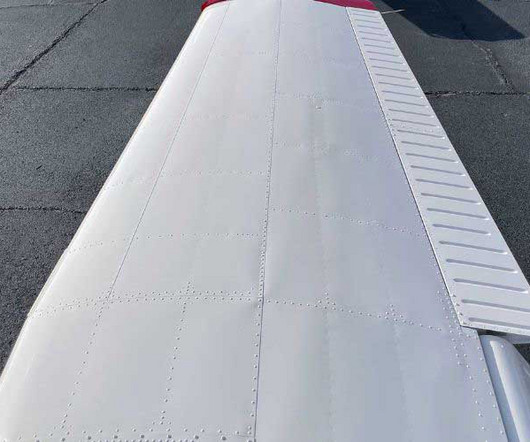

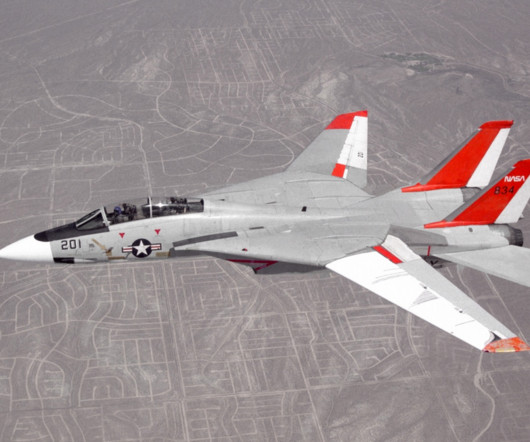

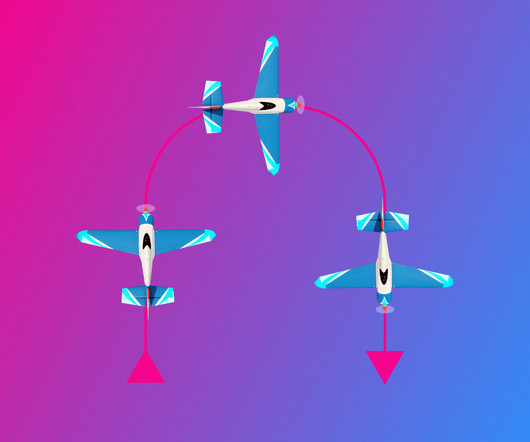


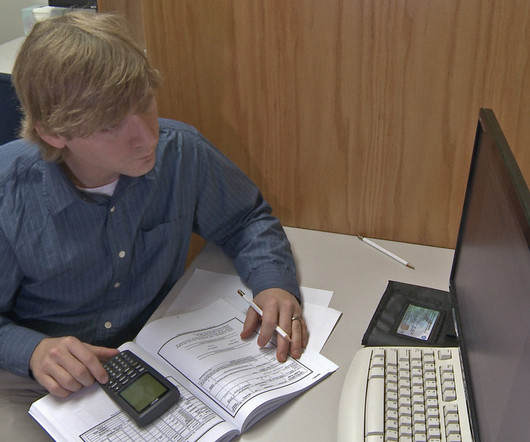
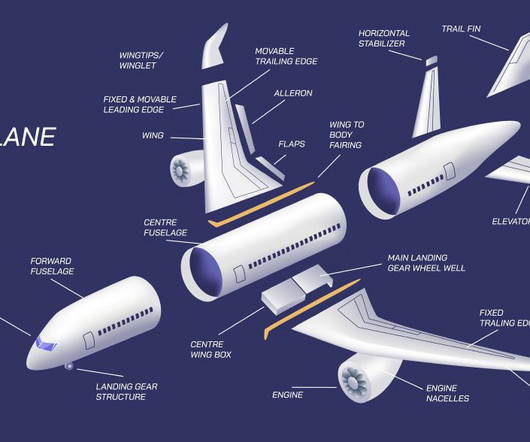





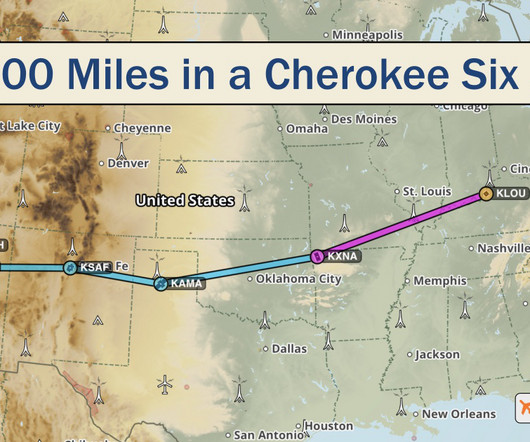
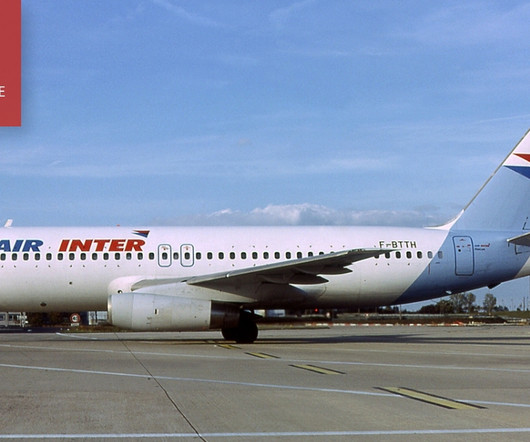
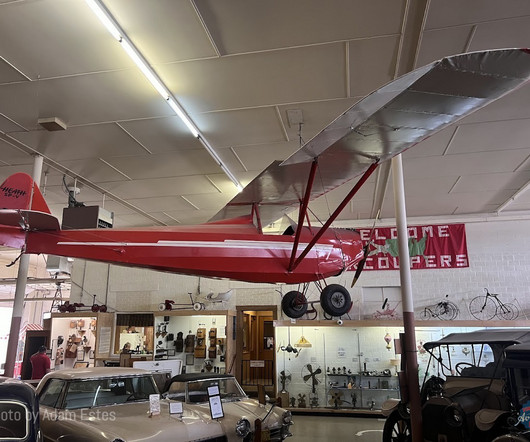

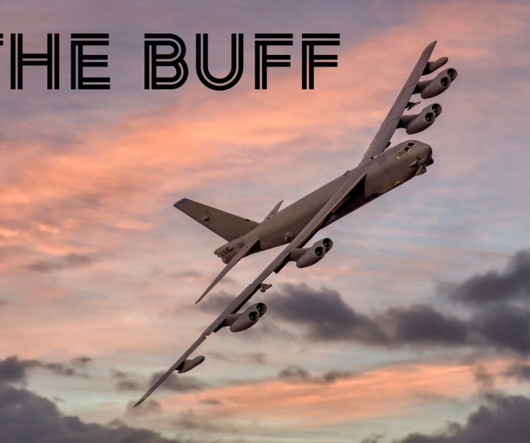




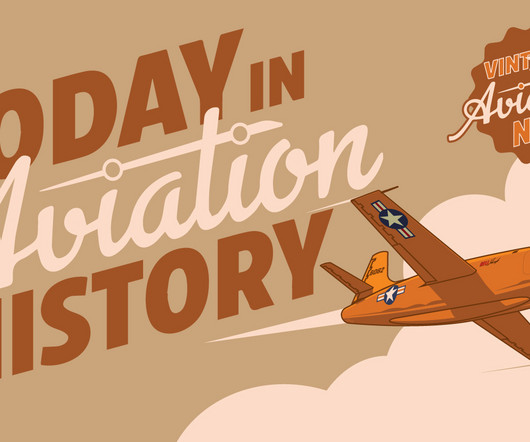







Let's personalize your content